Table of Contents
In the cradle of the forests and the Rocky Mountains, ferns of all kinds cover the ground like a blanket of green plush. Some hidden in the creaks of old tree trunks and some inside mysterious caves.
Don’t you want to adore your beautiful garden and house with such mystical greens? Well, wait no more as it is very much possible.
Be it in an open or terrace garden, office table, or terrariums, you can find beautiful ferns almost everywhere these days. Down below is a list of fern that you can have without a worry!
Maidenhair Spleenwort (Asplenium trichomanes)
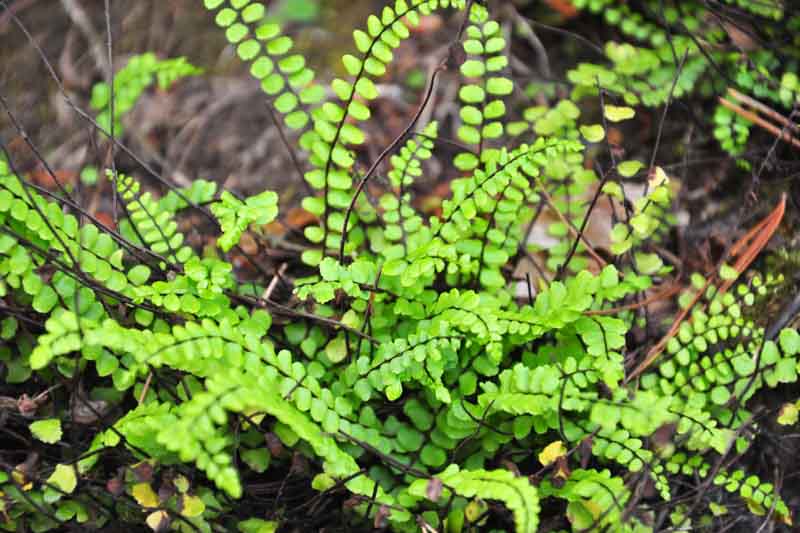
Maidenhair would be the most common type of fern that everyone comes across. Usually found near rocky places and can be identified easily because of its long black stripe. Maidenhair loves to be in moist soil and a humid climate. To provide a suitable environment for your fern to thrive, you should water them often and not let the top-soil dry up. Misting is also advisable with lukewarm water.
Lady Fern (Athyrium filix-Femina)
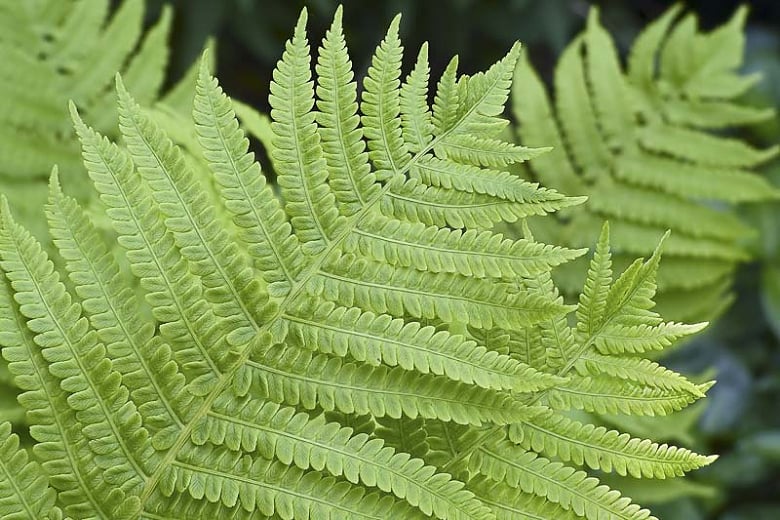
This feathery fern found in marshy woody areas may look very tempting but, do not be fooled. Lady fern is poisonous to animals and kids when ingested. Since they adore being in shades, it is perfect for decorating your indoor. Just make sure they are out of the reach of kids and pets.
Royal Fern (Osmunda Regalis)
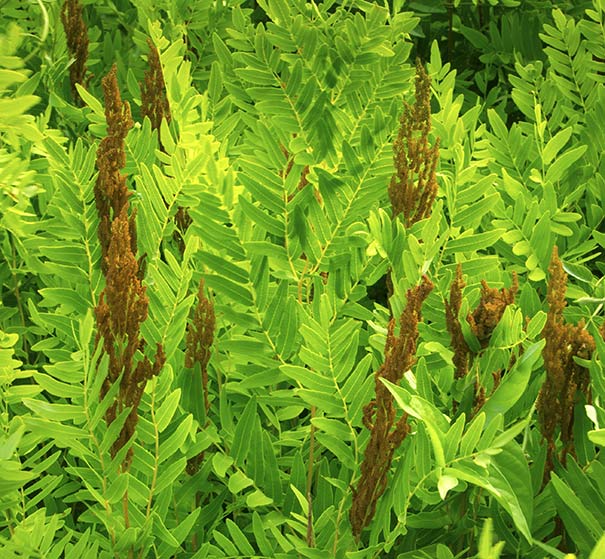
, Unlike Lady Fern, Royal fern thrives in the sun but, you will find them covering wet meadows and marshy lands. Odd right? Well, who are we to judge! Do give your royal fern acidic and moist soil to keep them happy and healthy. If you have a pond or any kind of water body in your garden, it would be the perfect site for your royal garden.
Parsley Fern (Cryptogramma Crispa)
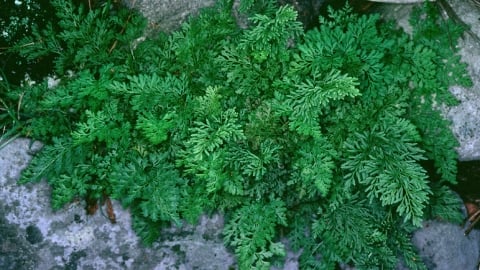
I guess you already know how this fern looks like just by the name. Yes, it looks exactly like the herb, with a bit of a fern-like look added for an extra touch. It can be found in clusters near rocky areas or acidic ground. If you are from around Wales, I am sure you have seen while walking trails.
Christmas Fern (Polystichum Acrostichoides)
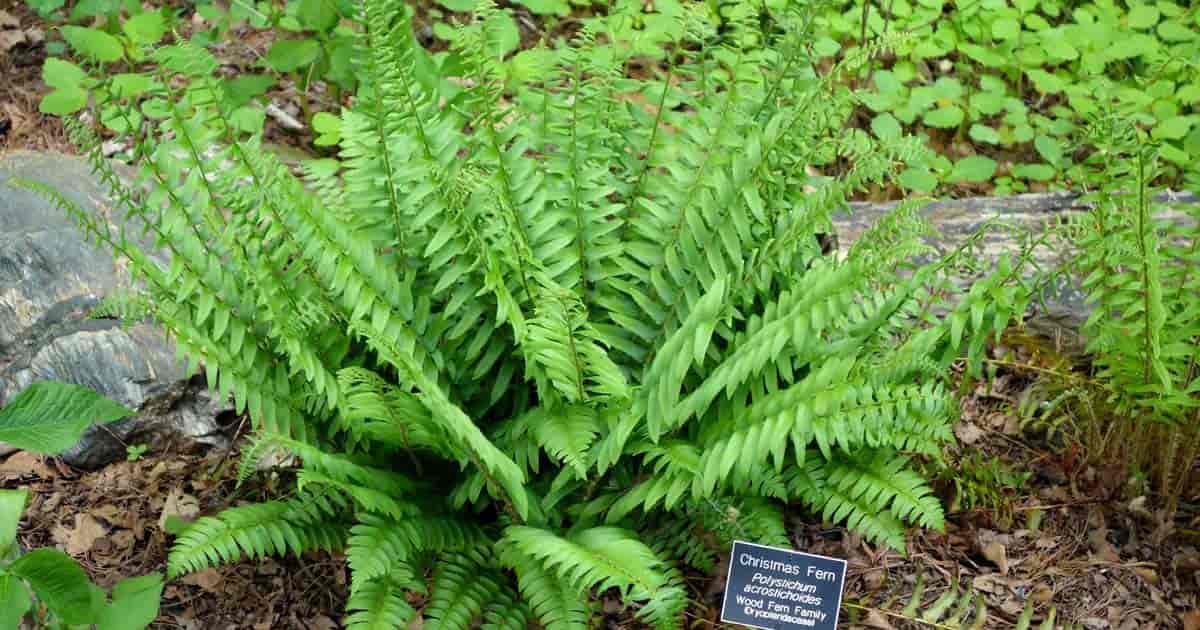
Can you decorate a Christmas fern? No, but you can make a wreath out of it! It is the most commonly used ornamental evergreen fern grown in the garden for decorative purposes. It looks well when used in bouquets as well. Moist soil, high humidity, morning sun, and a partial shade are the mantra to a happy Christmas fern.
Ostrich Fern (Matteuccia Struthiopteris)
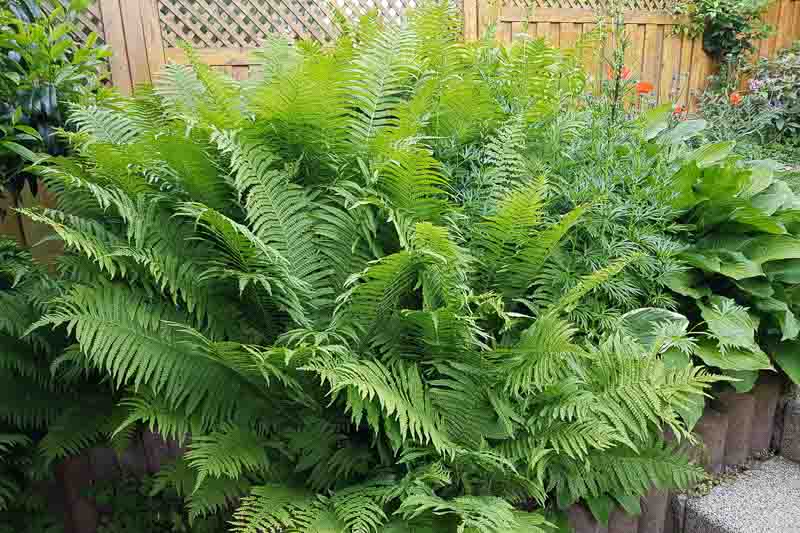
Curious about the name? Well, this perennial fern can grow up to a height of four feet if you provide a suitable environment. Hence the name! Just like any other ferns, the ostrich loves humid and moist surroundings. They do die during harsh winter but pops right back up as early as spring!
Autumn Fern (Dryopteris erythrosora)
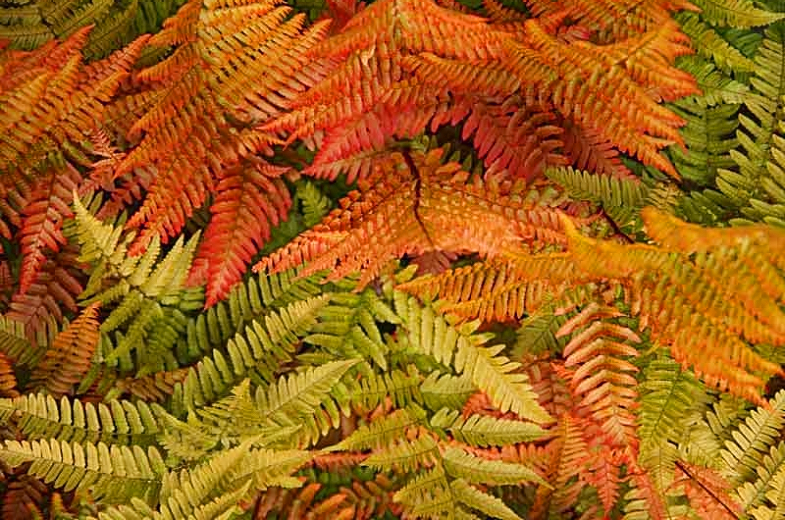
Want a fern that will not bother you much? Autumn fern is your perfect pick, then! This low-maintenance perennial fern is native to China, Japan, and the Philippine woody mountains. The cooper and red leaves of this fern helped in earning the name autumn.
Scaly Male Fern (Dryopteris affinis)
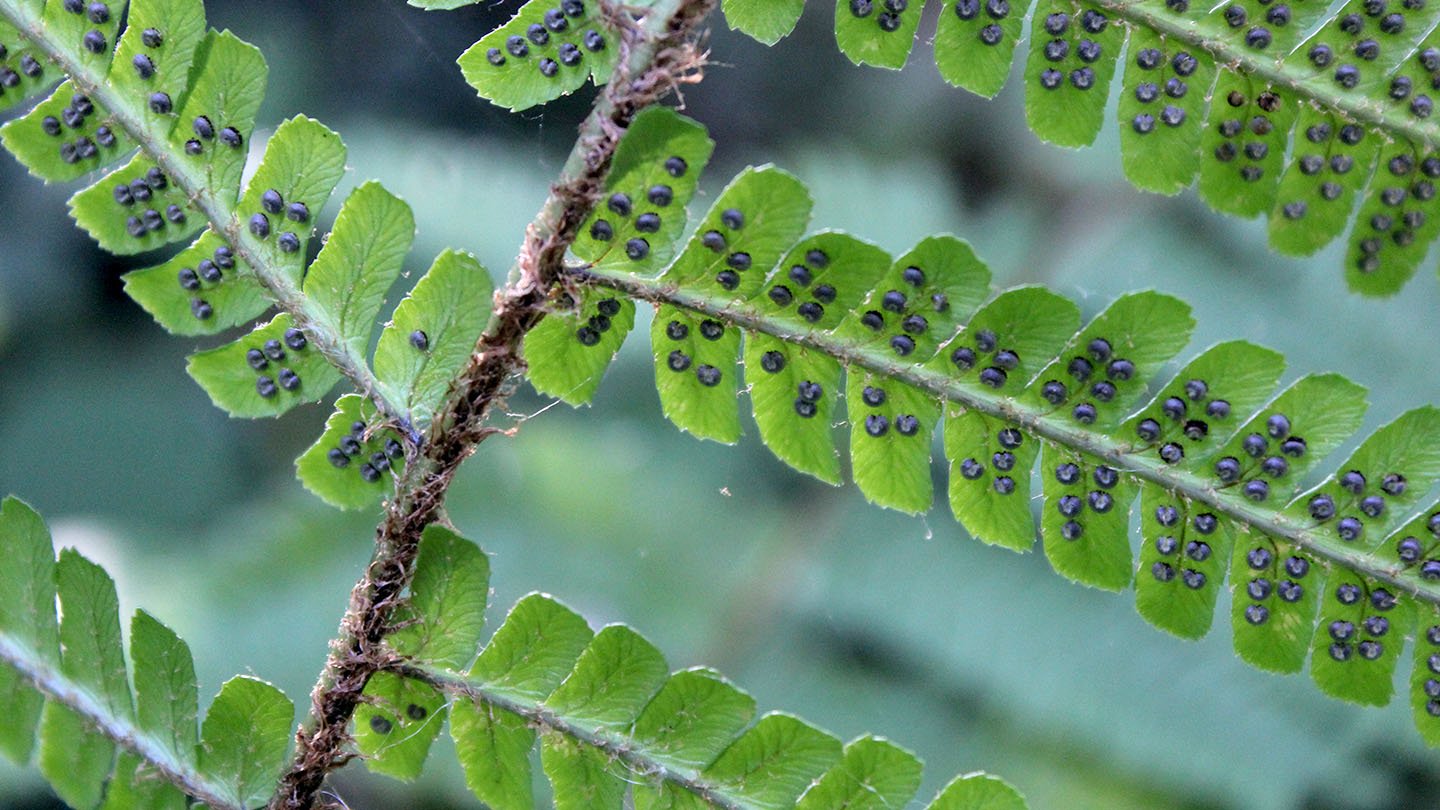
It is a fork-tipped robust fern that can be found in France and most England. With bright green leaves and golden scales, it is a beauty! This fern works well in landscaping and gives your garden a well-needed height since it can grow up to quite a bit.
River Fern
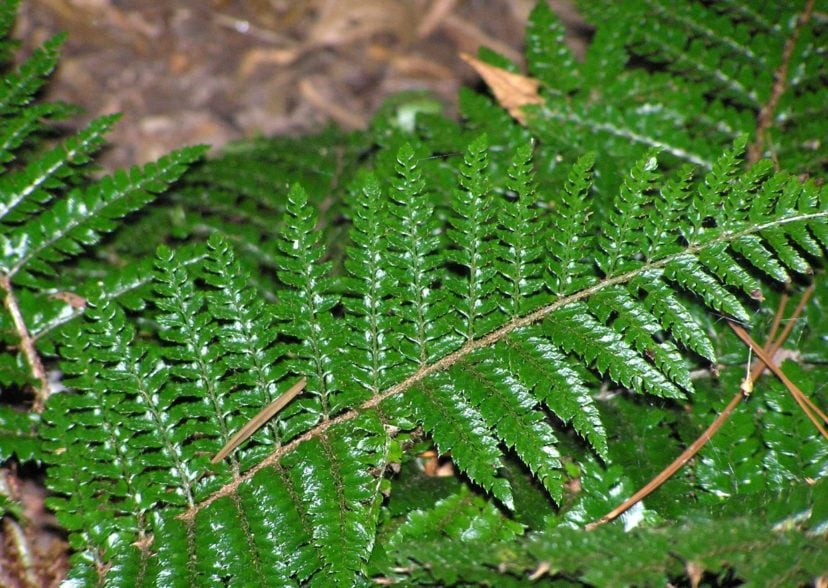
River fern is native to South America, mostly Brazil and Mexico. The foliage is lime-colored and can be pretty dense. They tend to sprout near water bodies and enjoy a humid and warm temperature. Perfect for spring gardens and house decor!
Japanese Painted Fern
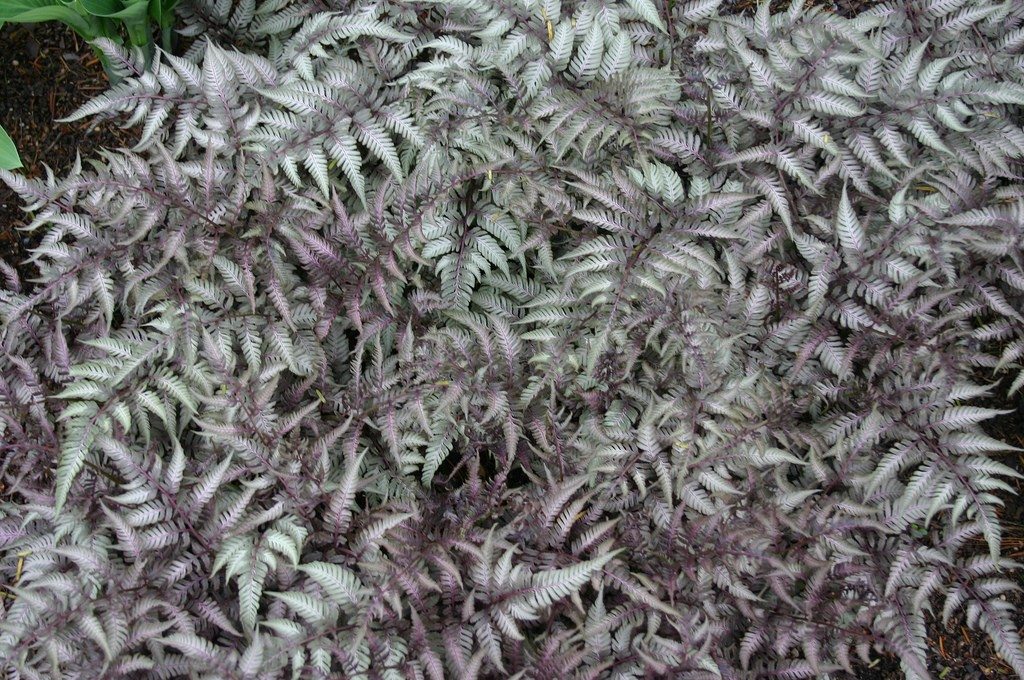
One of the most photogenic and beautiful ferns you can get your hands on is a Japanese painted fern. Thrives in well-draining soil and shades. The foliage varies from burgundy to purple, white, and silver, and obviously, a bit of green.
Expose to a bit of morning sun to give vigor to the beautiful color of the leaves. Since they are perennial, you will lose them during winter but, they will come around as soon as spring knocks on your door!
Ribbon Fern
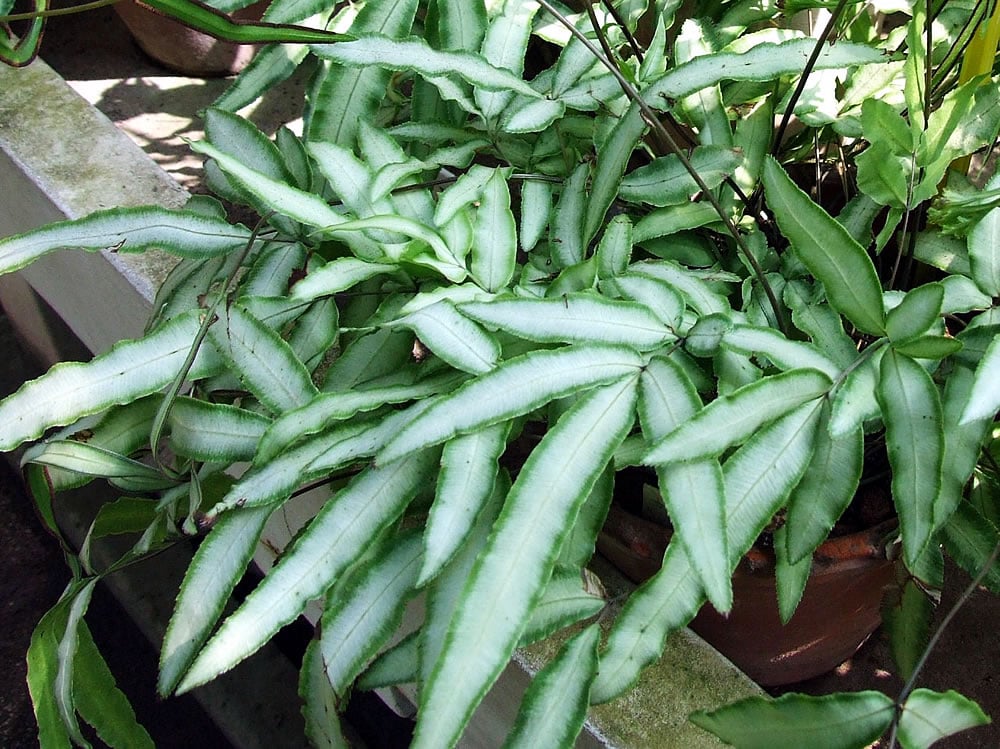
If you are one of those people who think that all ferns look a bit alike and want something offbeat, then this might be just what you are looking for. It is a delicate evergreen fern that must avoid direct sunlight and clay or muddy soil. It will thrive in a well-draining and moist ground with enough humidity. Do remember, Ribbon ferns are delicate. A bit of extra care, love, and attention pays off for the beauty it adds to your home!
Kangaroo Fern
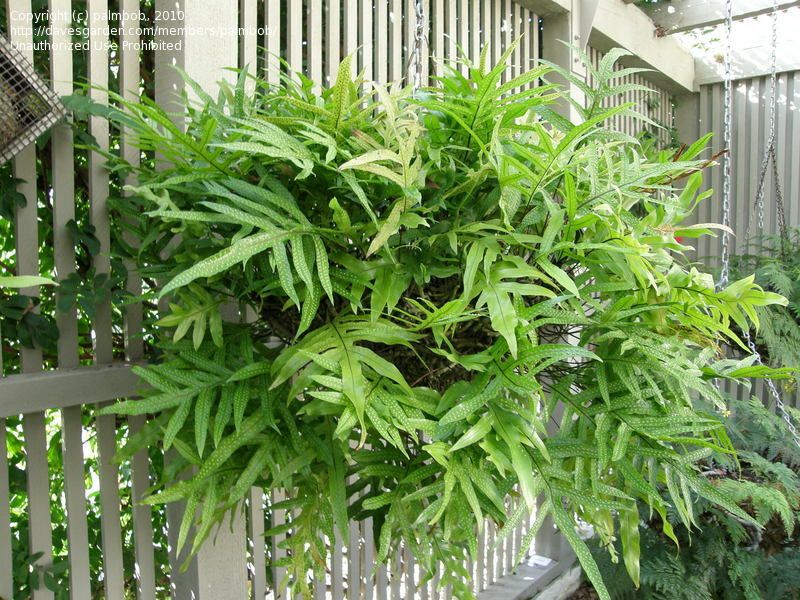
Kangaroo ferns will survive throughout the year and work perfectly as a house plant. They can survive with low humidity, and they don’t even look like your usual ferns. The twisted and long leave adds a nice texture to your living room and, they live for a long, long time. You can literally pass them down as a family heirloom.
Lemon Button Fern
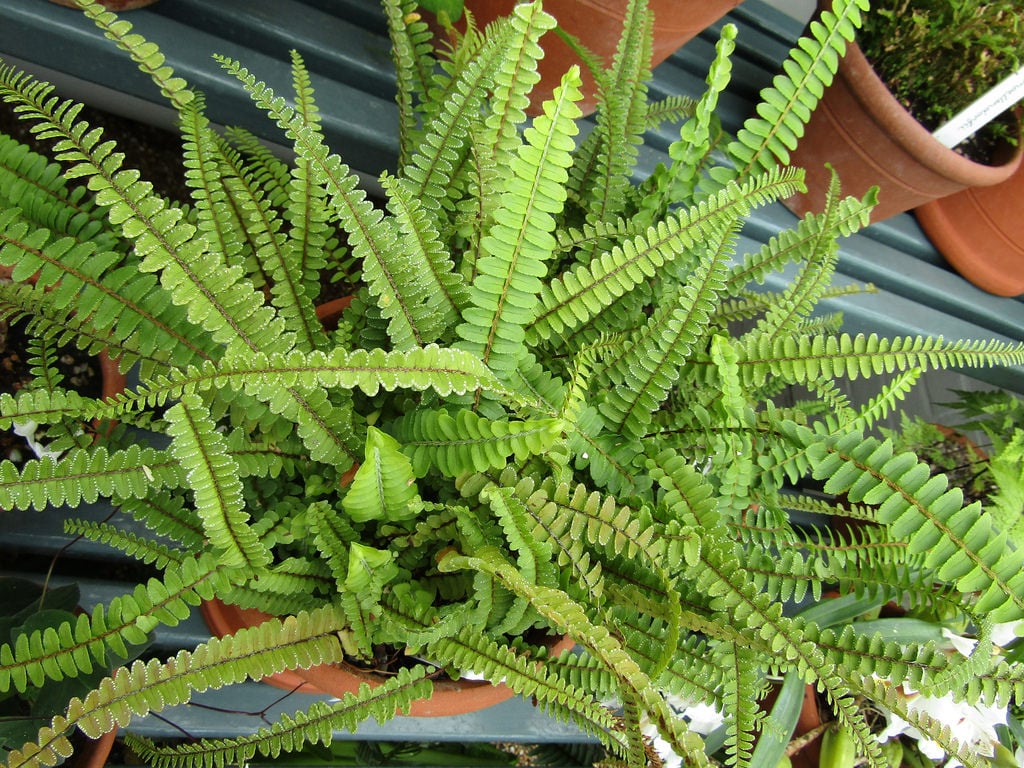
Lemon button ferns are a smaller version of Boston ferns with cute, rounded leaves. It works well both indoor and outdoor. Filtered indirect light, right organic soil, and well-draining pot are all you need. Try keeping the temperature 60 degrees Fahrenheit or above and repot your fern occasionally
Irish Spleenwort
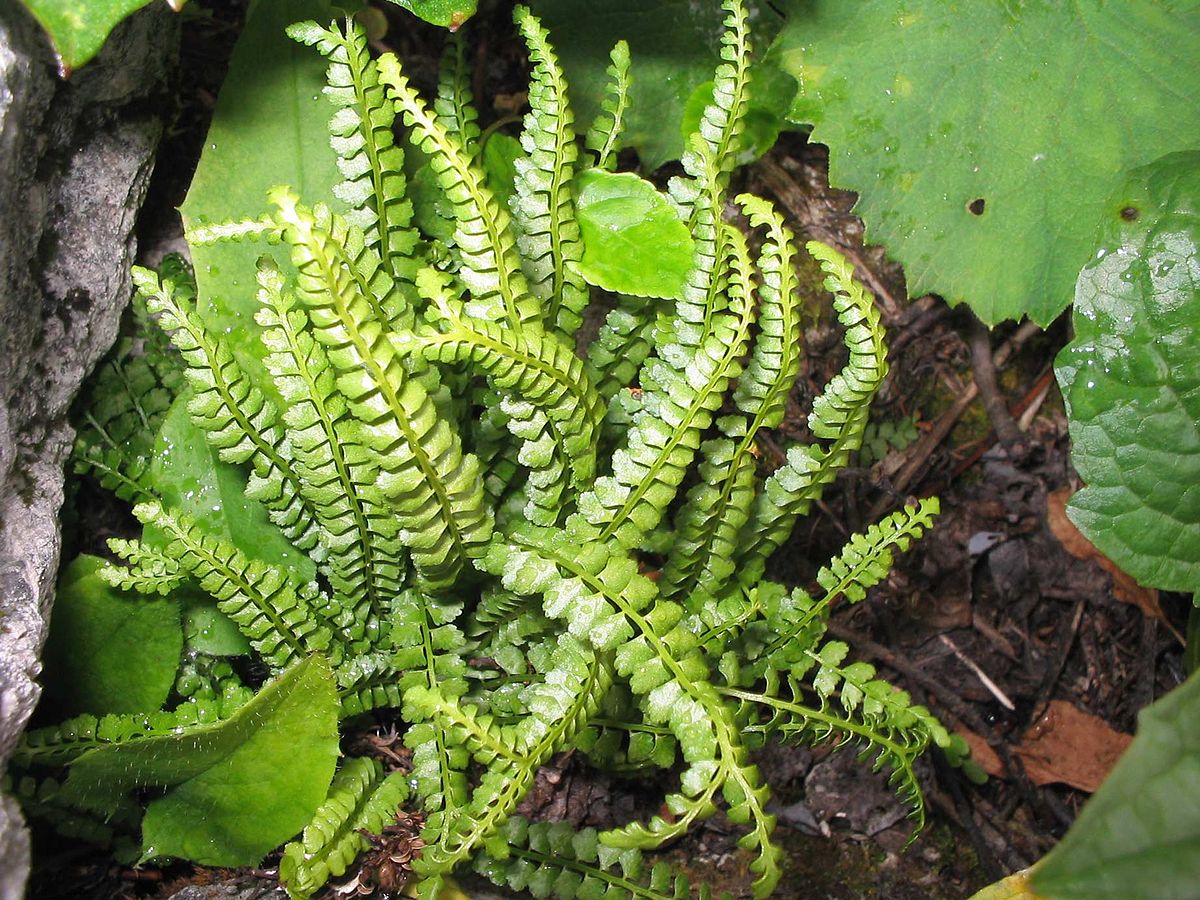
Irish spleenwort is a unique and rare fern. They have beautiful green leaves, which are often toothed. It might be a bit leathery in texture and somewhat waxy and, the stalk will be a bit darker. You might not get them online or in the gardener’s corner. If you are really keen on having one, you will have to hunt for it in the wilderness.
Water Fern
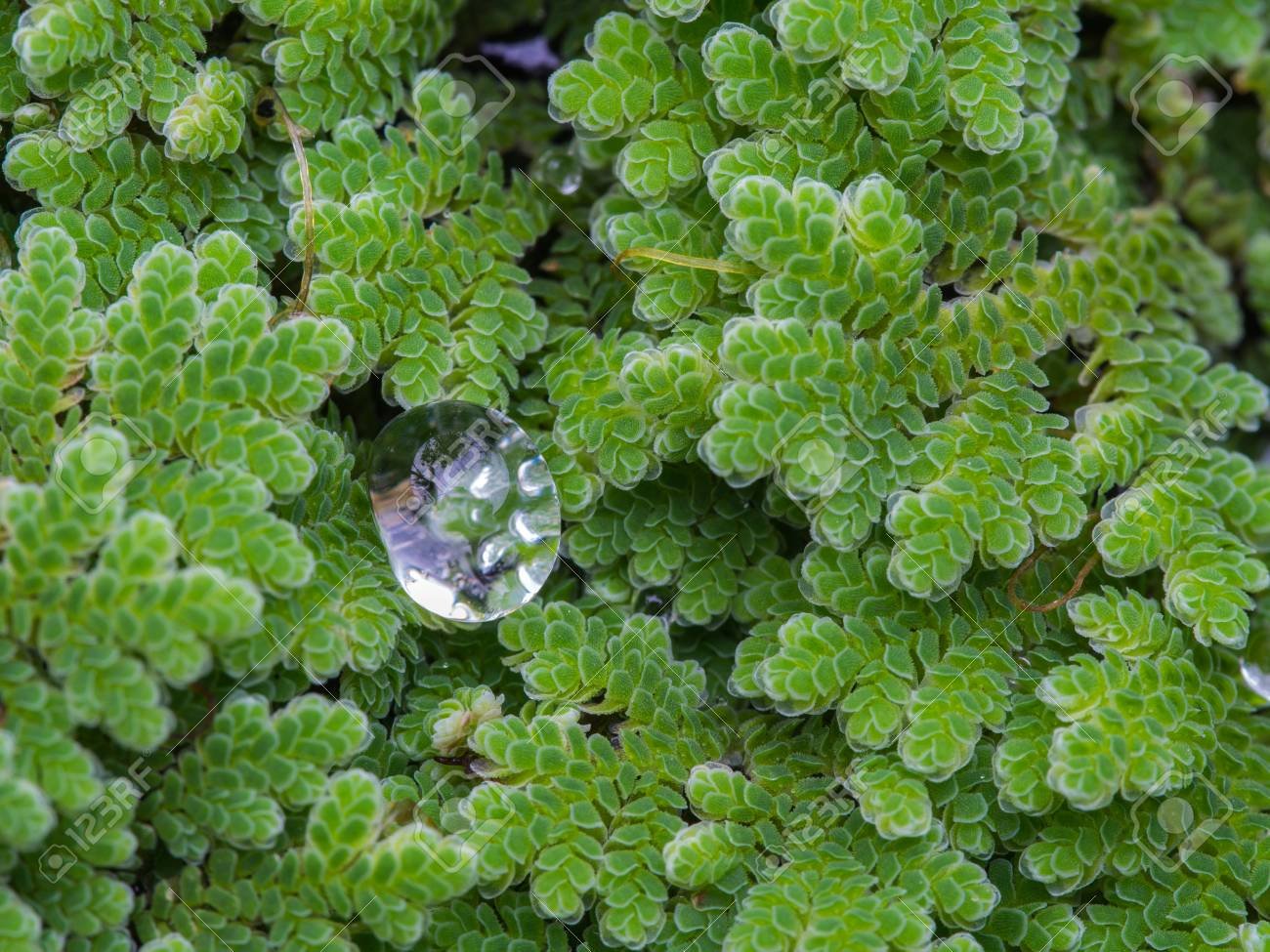
Water ferns prefer slow-moving or stagnant water bodies. So you’ll often find them in leaves, ponds, and ditches. Want a lush green beautiful blanket on your small pond or garden fountain? Plant some water ferns and, you’ll end up with a low maintenance decor for your garden. Water fern is not just beautiful but provides nitrogenous nutrients for your fish friends.
Welsh Polypody
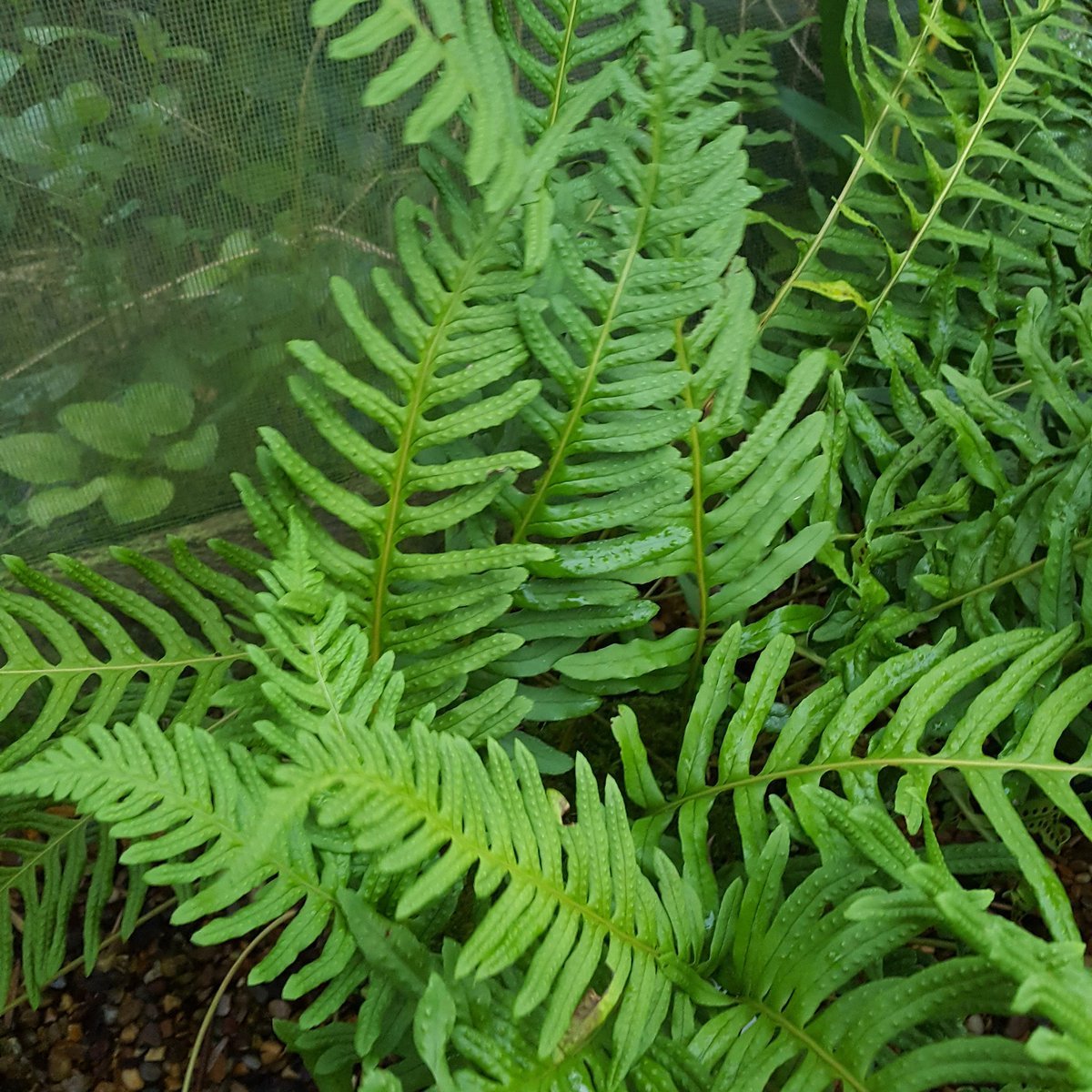
At last, a fern that can take full sun and you can flaunt then to your neighbors by covering your garden with it. This unique fern has a mystical look that can even make the Oompa Loompas live in your garden. They are semi-evergreen and deciduous and grow well in chalky and loam soil.
Killarney Fern
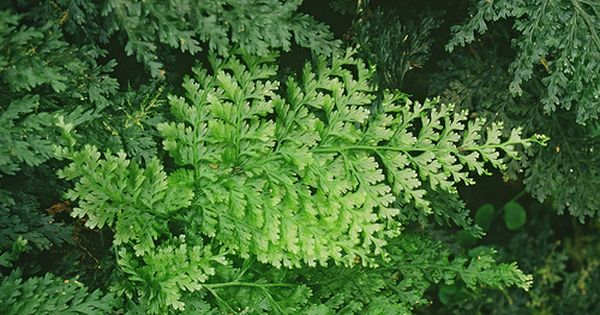
Killarney is a rare and brittle fern found in most of Western Europe. In England, Killarney fern is rare and one of the most celebrated fern. They look unique and different from most other ferns.
Beech Fern (Phegopteris hexagonoptera)
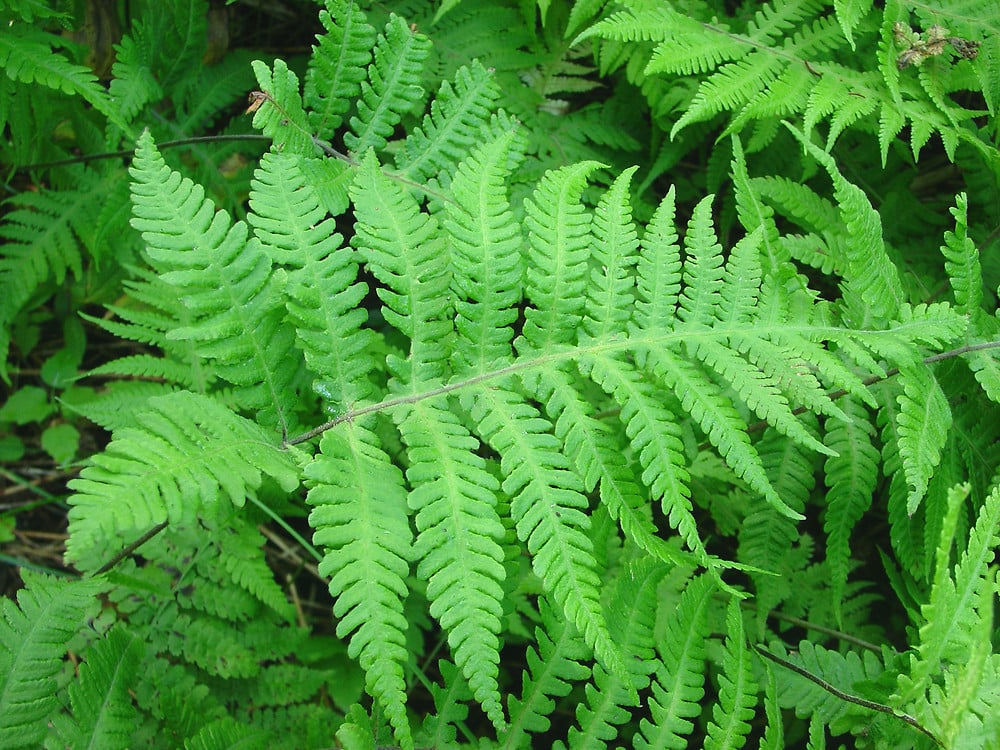
Commonly found in Ontario, this forest fern is bright green in color that will catch anyone’s attention. The fronds have a broadly triangular shape and dense foliage. You might catch them sprouting for cracks of stone walls and old buildings.
Oak Fern (Gymnocarpium dryopteris)
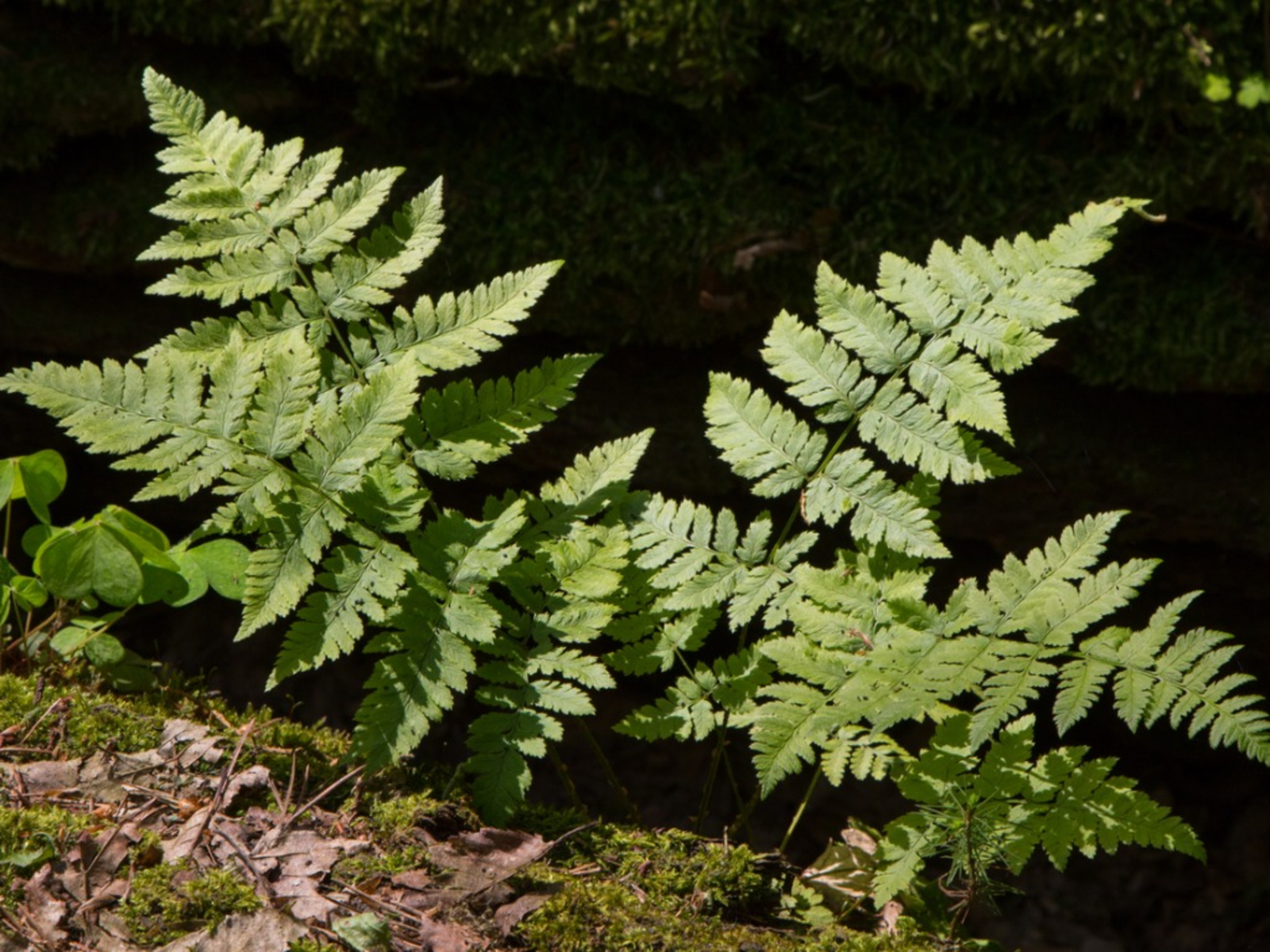
This deciduous fern is found all over the world and is very easy to get. This bright green fern repels mosquitoes and is also useful for treating bites. They are perennial and have a self-supporting growth form. They thrive on moist, humusy land and grow up to a few inches.
Limestone Fern (Gymnocarpium robertianum)
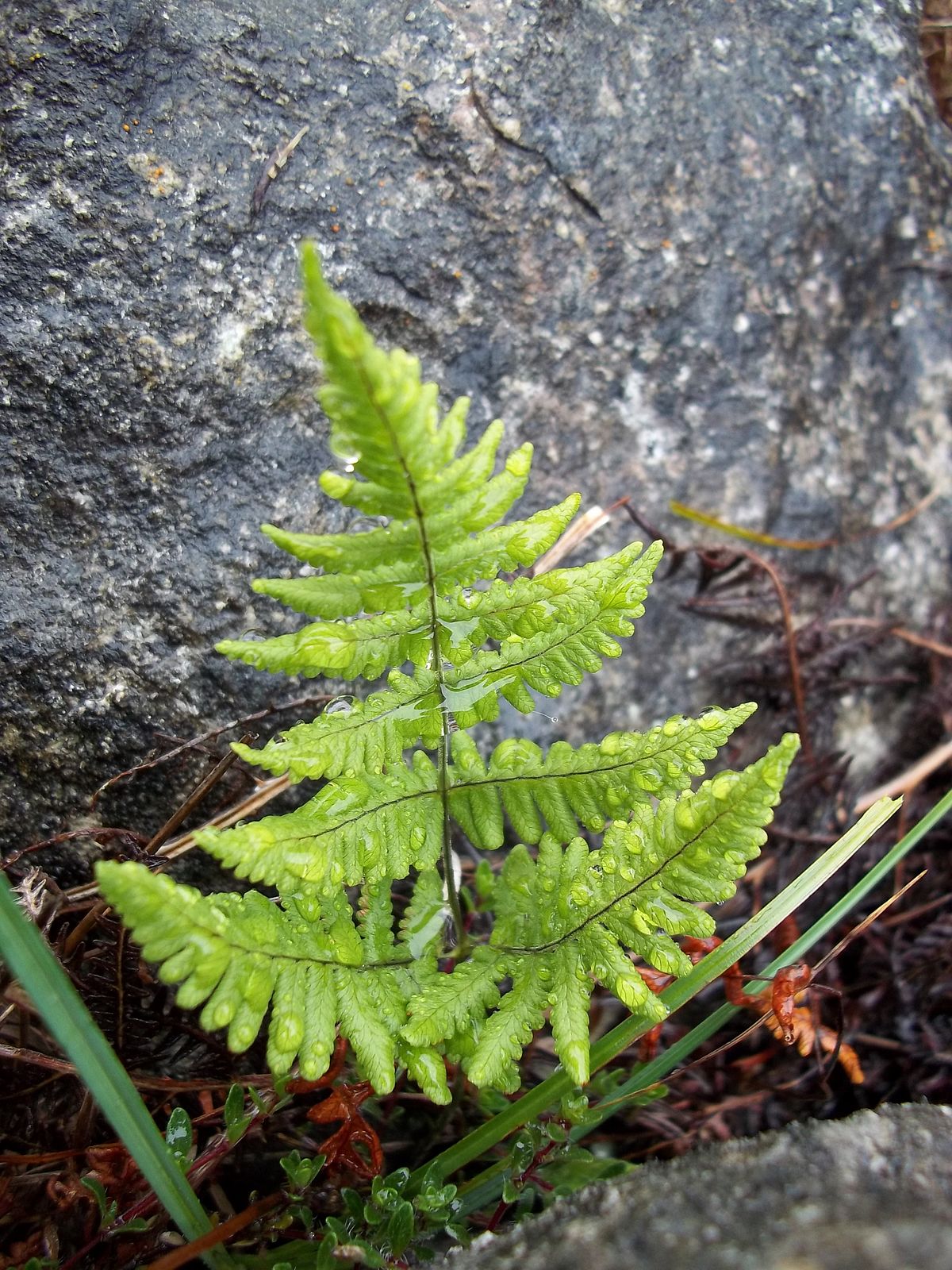
This yellow-green scented fern is found in the northern hemisphere. It is seedless and grows from spores in marshy, rocky areas. The fronds grow upwards when they get to grow in a suitable environment.
Mountain Bladder Fern
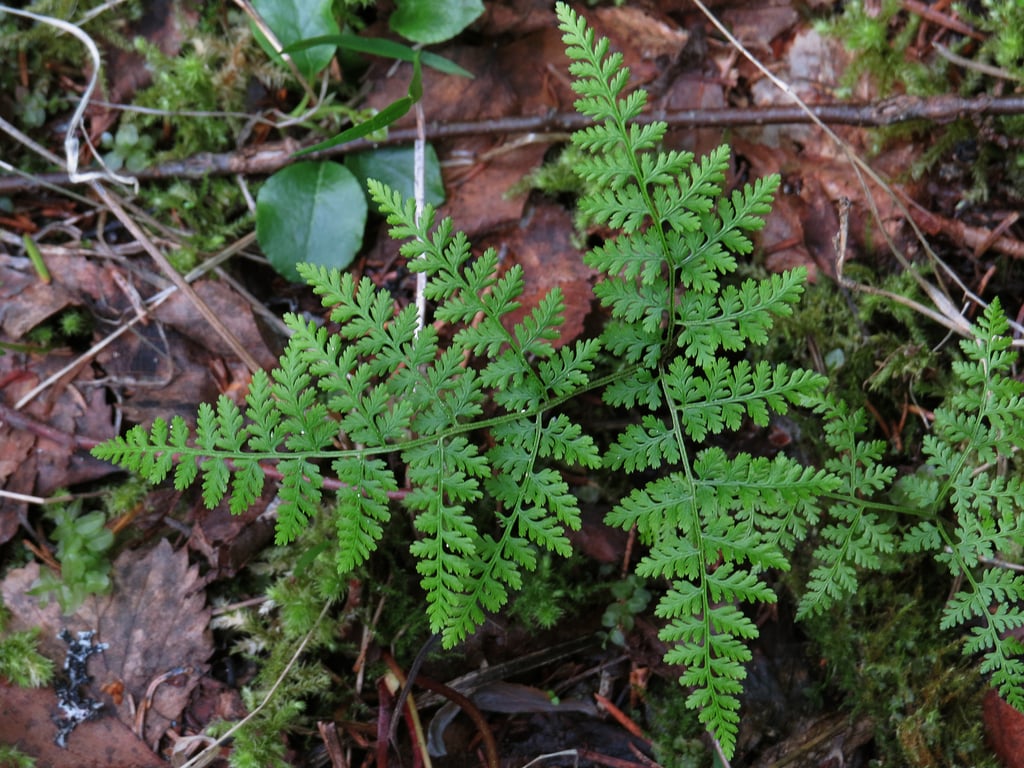
Found on wet woodlands and forest areas or somewhere near a marshy water body. The fronds of the mountain bladder fern are delicate and a bit darker than most other ferns. It prefers to grow in shady, high humidity, alkaline, and moist soil.
Crested Buckler Fern
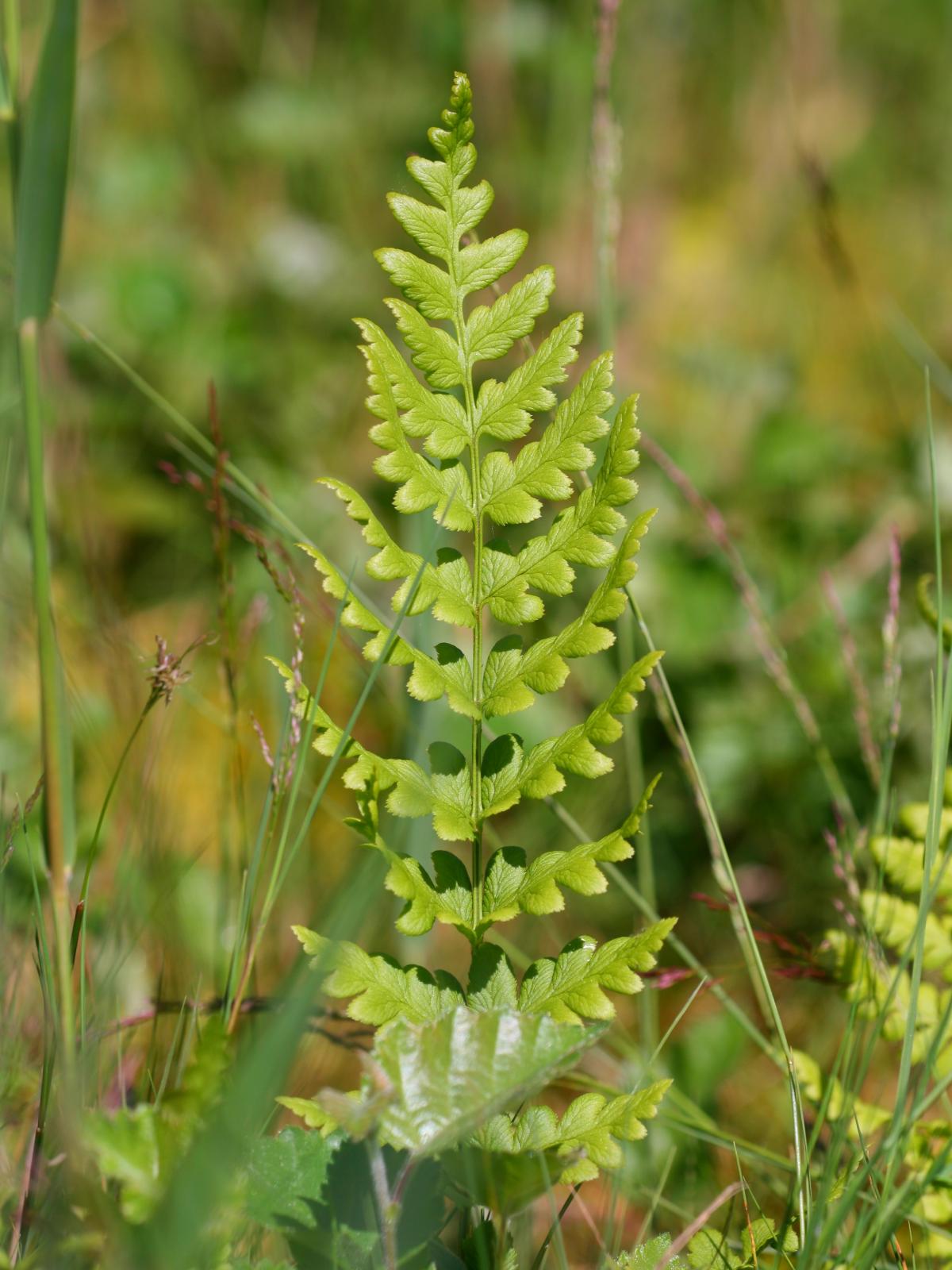
It is also known to us as Crested Wood Fern or Broad Wood Fern. It grows abundantly in the northern hemisphere near marshland, just like any other ferns. It is a hybrid fern of Dryopteris ludoviciana and another unknown fern species.
Australian Tree Fern
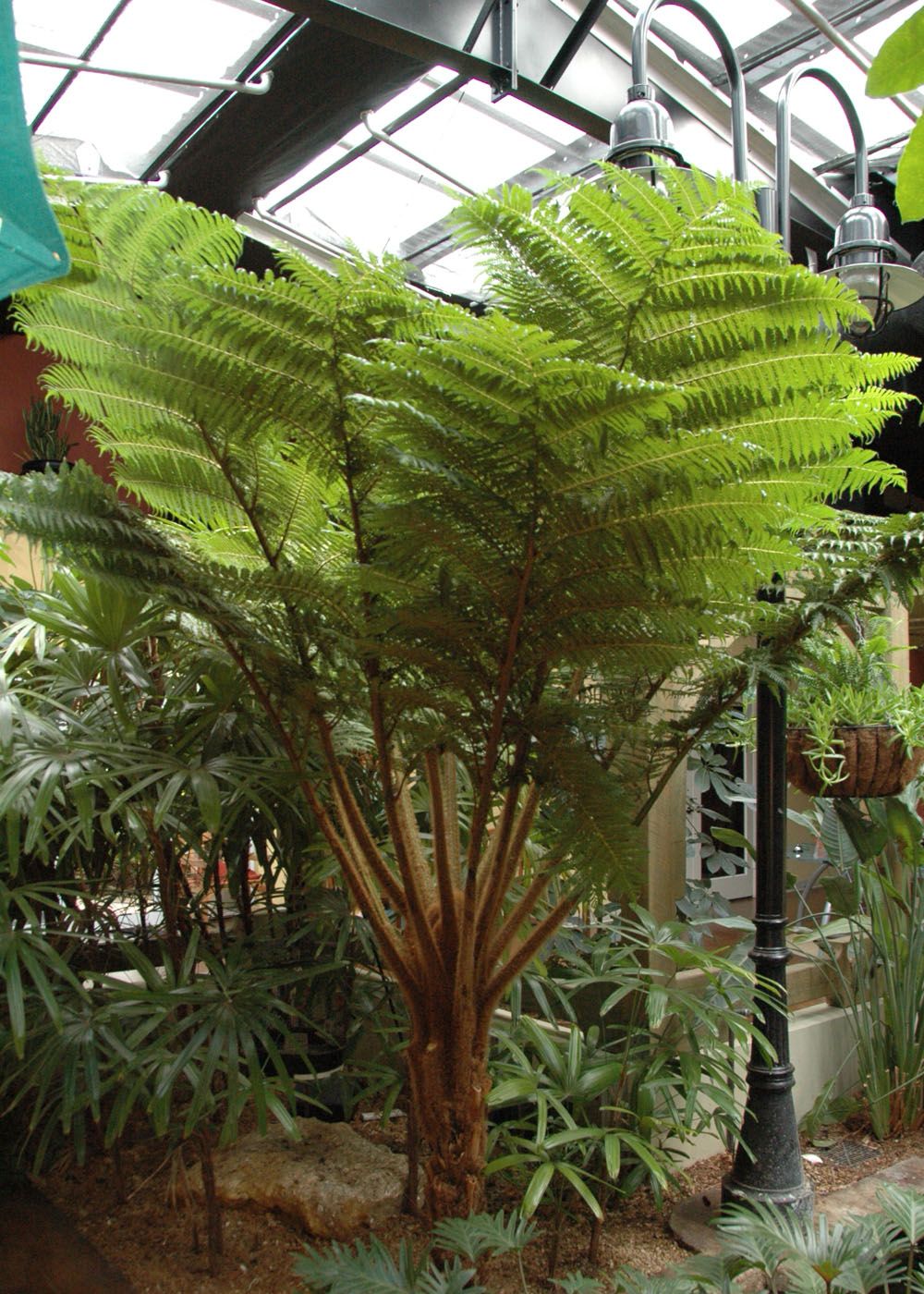
When the Australians say that they have a tree for a fern, they ain’t kidding! Australian tree ferns are tropical giants that grow up to a few meters and live as long as 500 years. Sun, soil, place, they don’t really care much. They can thrive in full sun or shades, in a forest, on a mountain, or in your quaint little garden. But, they do have berries that are toxic to dogs. So, remember to keep your furry friends away from those!
Chilean Hard Fern
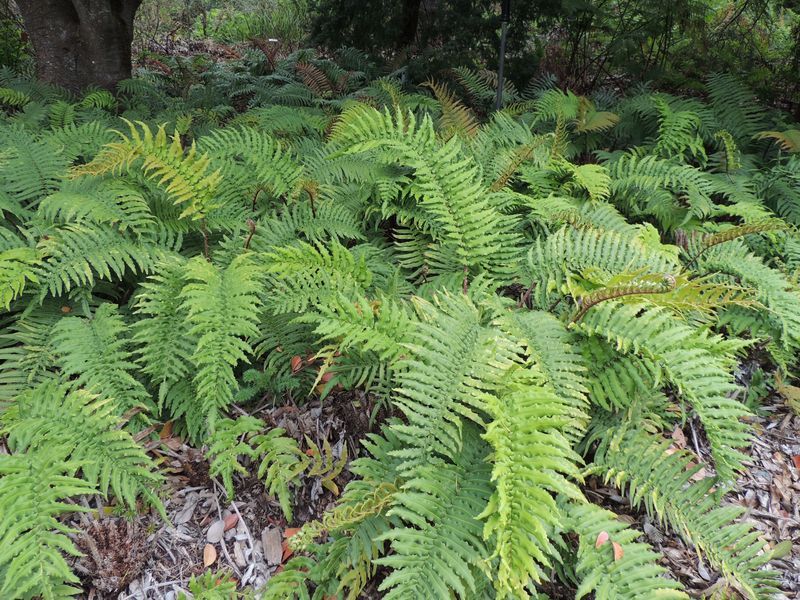
, Unlike most other ferns, Chilean hard fern likes a milder and cooler climate. They have evergreen fronds with scaly stalk and leathery foliage. They prefer full or partial shade. So, plant them near a big tree or indoors.
Soft Shield Fern (Polystichum Setiferum)
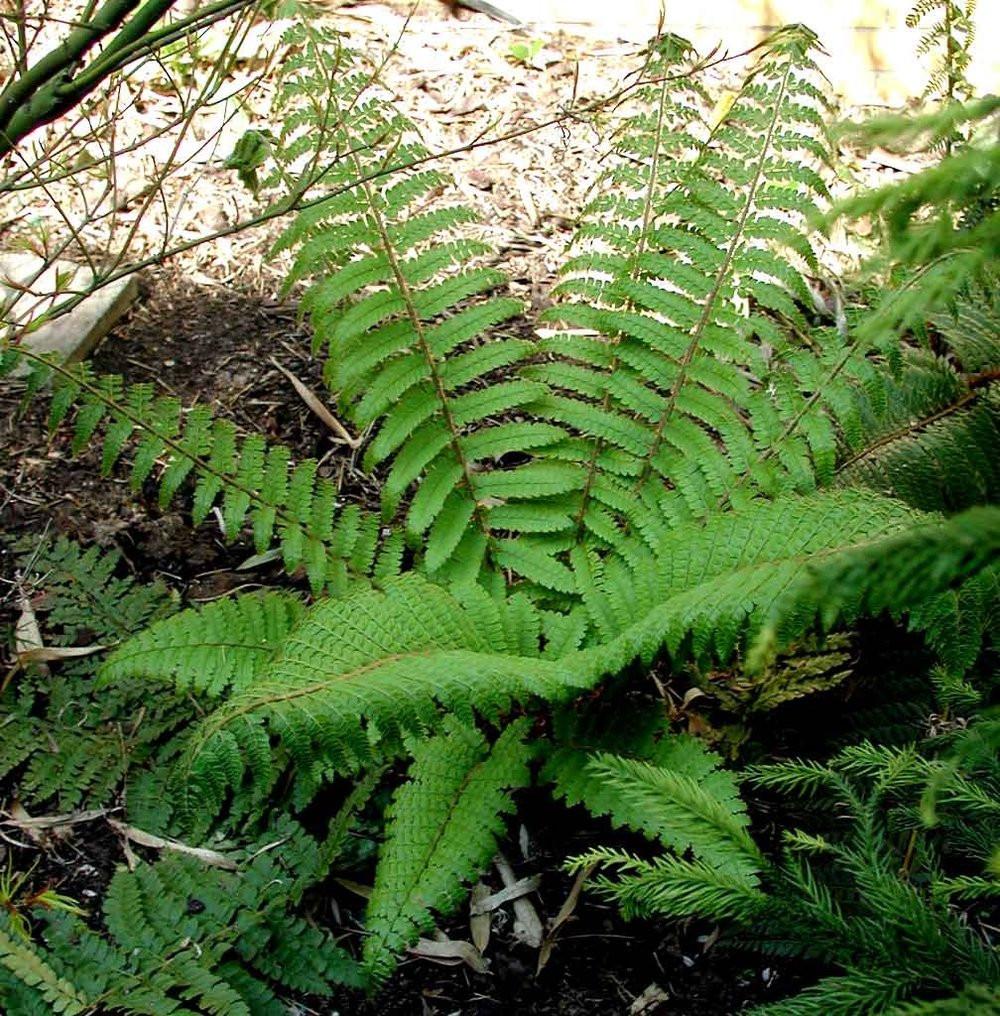
This semi-evergreen fern stays lush through the year. They have a shiny delicate soft leave which earned them the name of Soft shield fern. They have dark green upright fronds and works well as decorative and ornamental foliage for bouquets.

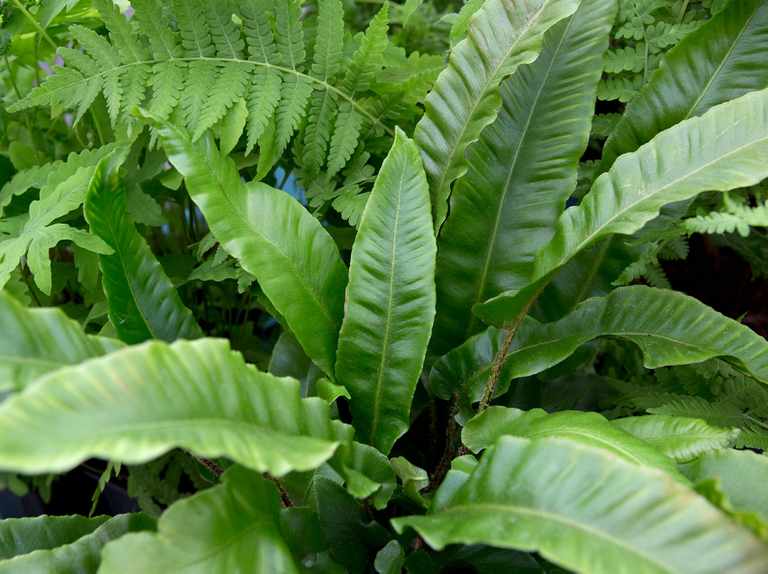




1 Comment
Hello, please can you help me? Do albino ferns grow in the United Kingdom? How long would you say Japanese ferns have been in the UK?